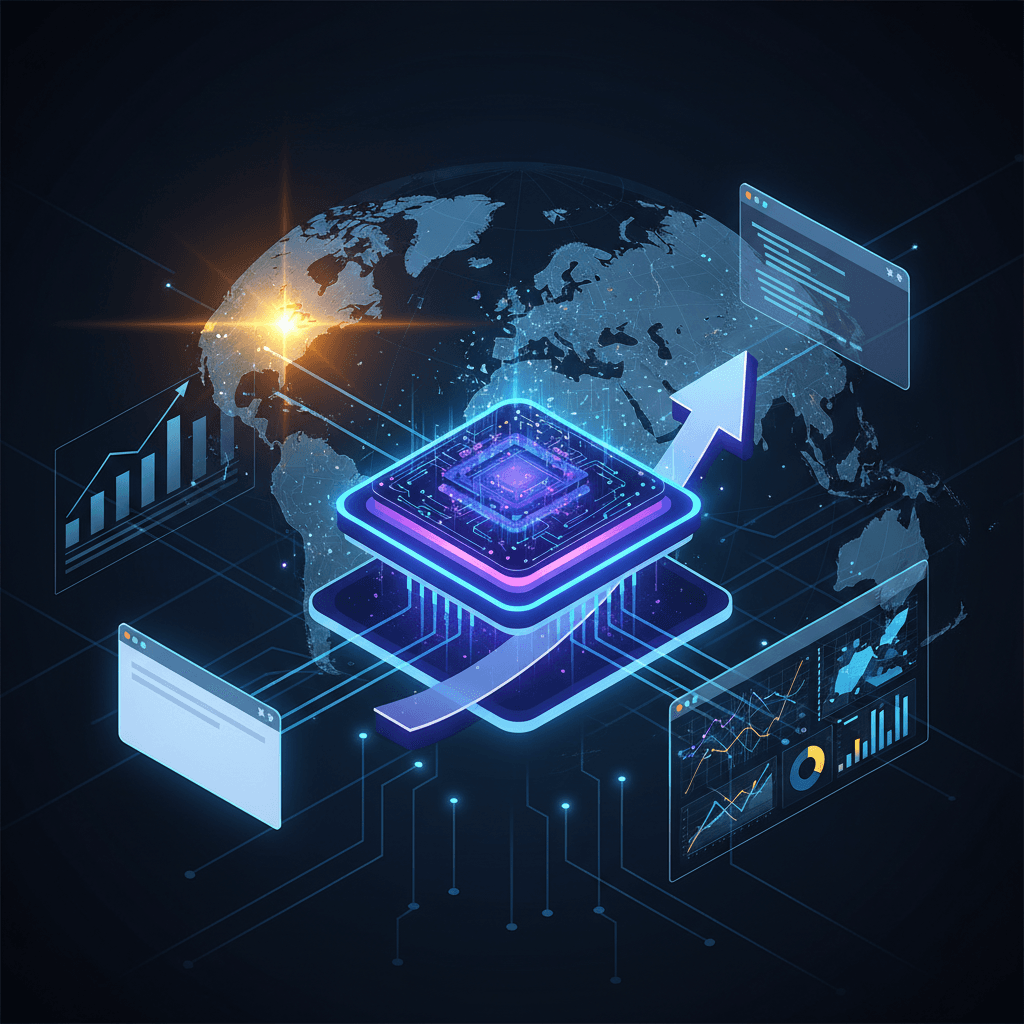Chinese Moonshot AI Outperforms OpenAI, Anthropic, Challenges US Dominance
Moonshot AI's Kimi K2 Thinking model tops US rivals, proving advanced AI can be built at a fraction of the cost.
November 11, 2025

In a significant development that has sent ripples through the global technology landscape, Chinese artificial intelligence startup Moonshot AI has unveiled a new model that reportedly outperforms leading systems from American giants OpenAI and Anthropic. The Beijing-based company’s Kimi K2 Thinking model has surpassed OpenAI’s GPT-5 and Anthropic’s Claude Sonnet 4.5 on multiple key performance benchmarks, fueling a renewed debate over the shifting dynamics of AI innovation and whether America's long-held dominance is facing a serious challenge from China's rapidly advancing, cost-efficient contenders.[1][2] This breakthrough by a relatively young company highlights the intense competition and accelerated pace of progress within the artificial intelligence sector.
Founded in March 2023, Moonshot AI has quickly risen to prominence, achieving a valuation of US$3.3 billion with backing from major technology conglomerates like Alibaba Group and Tencent Holdings.[3][4][1] The company's latest release, Kimi K2 Thinking, is an open-source model designed for advanced reasoning and tasks that require an AI to act as an agent, using tools to solve complex problems.[5][6] What has particularly captured the industry's attention is the model's reported training cost of approximately $4.6 million, a remarkably small figure compared to the massive investments typically associated with developing frontier AI models in the United States.[7] This feat of "cost-efficient innovation" suggests that access to vast computational resources may no longer be the sole determinant of success in the AI race.[8][7]
The claims of Kimi K2 Thinking's superiority are backed by its performance on several rigorous industry benchmarks. On Humanity's Last Exam (HLE), a benchmark that tests a model's reasoning and problem-solving abilities across a wide range of subjects, Kimi K2 Thinking scored 44.9% when enabled with tools, reportedly exceeding GPT-5's score of 41.7%.[5][1][2] The model also demonstrated exceptional capabilities in tasks requiring web navigation and information retrieval, achieving a score of 60.2% on the BrowseComp benchmark, which significantly outperforms the human baseline of 29.2%.[6] In the realm of coding, an area of intense focus for AI development, Kimi K2 Thinking achieved a score of 71.3% on the SWE-Bench Verified benchmark, which evaluates a model's ability to solve real-world software engineering issues from GitHub.[5][6] This places it in the top tier of AI models for coding, challenging the performance of both GPT-5 and Claude Sonnet 4.5, which scored 74.9% and 77.2% respectively on the same benchmark.[9][10][11]
The technical architecture of Kimi K2 Thinking is a key factor in its impressive performance. It is a Mixture-of-Experts (MoE) model with a massive one trillion total parameters, though it only activates 32 billion parameters during any given inference, making it more efficient.[3][5][12] This design allows for specialized sub-networks to handle different aspects of a task. Furthermore, the model is built for complex, multi-step workflows, capable of executing 200 to 300 sequential tool calls without human intervention and supporting a large context window of up to 256,000 tokens.[5][6][13] This "agentic" capability, where the AI can reason, plan, and use tools like web browsers or code interpreters to accomplish a goal, is seen as a crucial step toward more sophisticated and autonomous AI systems.[14] By making the model open-source, Moonshot AI is enabling broader access to this powerful technology, a move that contrasts with the more proprietary approach of some of its US competitors and could accelerate innovation across the global AI community.[7][15]
The emergence of a Chinese AI model that can compete with and, in some cases, surpass the leading American systems has profound implications for the global technology and geopolitical landscape. For years, the United States has been the undisputed leader in AI research and development, home to the most valuable and influential companies in the field.[8][16] However, China has made AI a national strategic priority, pouring significant resources into research, talent development, and building a robust digital infrastructure.[17] Moonshot AI's success is being hailed as another "DeepSeek moment," a reference to another Chinese startup that previously disrupted assumptions about the resources required to build high-performance AI.[1] This trend suggests that the gap between US and Chinese AI capabilities may be closing faster than anticipated, challenging the effectiveness of measures like export controls on advanced semiconductors designed to slow China's progress.[15] The rise of competitive, low-cost models from China could democratize access to advanced AI, but it also intensifies the strategic competition between the two nations for global AI leadership.[17][18]
Sources
[1]
[4]
[6]
[9]
[10]
[11]
[12]
[13]
[14]
[15]
[16]
[18]